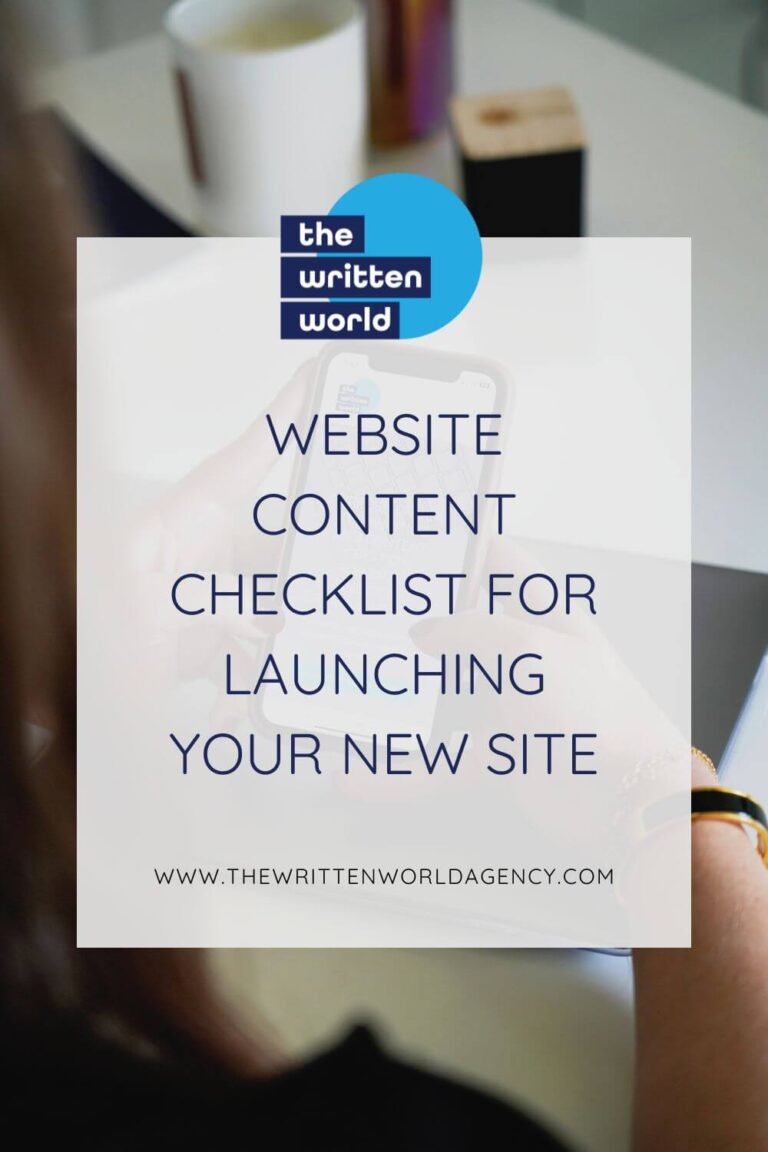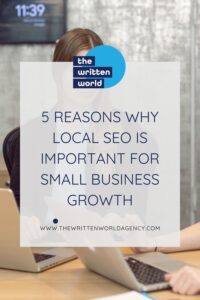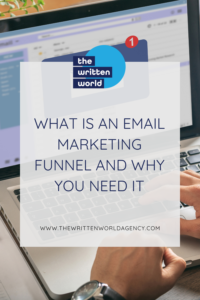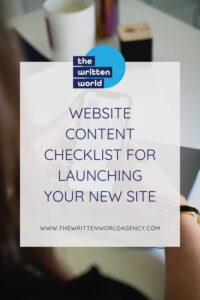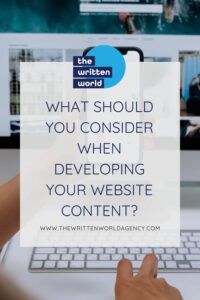Creating a website is the perfect opportunity for your company to position itself front and center in the market. You can showcase your products and services, engage with your target audience, and increase your visibility. But developing a website that will deliver results is no easy feat — it requires more than throwing some images and blocks of text onto a page and calling it a day.
As more businesses begin to leverage the power of digital marketing, company websites have jumped from a simple luxury to a must-have. Not only do they serve as an essential touchpoint for customers in various stages of the marketing funnel, but they also allow businesses to creatively express themselves and their brand in ways that might not otherwise be possible.
So, how can you ensure that your website will successfully stand up against the competition and help you grow your business? You must create relevant and enticing content that’s well-organized, easy to navigate, and visually appealing. When you use a website content checklist, you’ll have an effective website up and running in no time.

What’s a Content Checklist?
A content checklist is as straightforward as it sounds — essential information for your website that you don’t want to forget. Launching a website can be overwhelming, and it’s easy to lose track of the different types of content you need to create.
Did you write about your products and services? What about the business itself? Does your content cover all potential topics visitors might want to know about?
A website content checklist is an excellent way to keep track of your progress as you move through the steps of content creation. Following a checklist will ensure that you include the information your website needs to generate traffic and conversions, and it’ll also help you save time and streamline processes.
What Should Your Checklist Include?
What should you consider when developing your website content? Although websites differ based on a business’s industry, audience, and size, various elements remain the same. Understanding the role that each of these plays is critical to the success of your website.
If you’re struggling to come up with some website content ideas, keep these top pages in mind as you build out your site:
Home Page
The home page is the central hub of your website and serves as the first impression for visitors. Information conveyed on this page should be visually appealing, engaging, and highly informative. Content should include your business’s value proposition, unique selling points, and a clear call-to-action (CTA). Keeping text concise prevents the page from appearing cluttered or difficult to read.
Your home page should direct visitors to other areas of your website. Whether it’s clicking specified links or choosing from drop-down menus, the ability to navigate to other areas is key. If visitors can’t access additional information, they’re more likely to leave your website, decreasing potential conversions.
About Page
What products or services do you sell? What interesting facts or snippets of information do you want your audience to walk away with?
The about page allows you to get creative and tell a unique story. Use this section to captivate your audience and establish a connection beyond a simple transaction.
Become relatable. Let readers know you hear them, understand their pain, and can provide the appropriate solution.
Products or Services Page
If a visitor has landed on your website, they may have some general knowledge about your business. The question then becomes, how much?
Although your home page provided a glance at your products and services, now is the time to get into the nitty-gritty and give an in-depth description. Clearly state what your business offers, any associated benefits, and pricing details. Visitors should have enough information to purchase, so include a creative CTA!
Contact Page
Have you ever scrolled through a website to get in touch with a business only to discover that you can’t communicate with them? If so, you understand the frustration when there’s no contact page. Whether a visitor has additional questions or wants to express thoughts or concerns, your website should ideally provide a phone number, an email address, links to social media accounts, or a short contact form.
Blog Page
If you want to bring your website to the next level, consider blogging as one of your new website content ideas! A blog is a great way to drive organic traffic to your website, establish yourself as a reliable source of information, and increase your ranking on search engines. You can discuss key industry trends through blogs, answer top search queries, and gain valuable insight into your audience. All blogs should follow search engine optimization (SEO) best practices to maximize visibility within your market.
Pillar Page
Creating a pillar page is advantageous if you have multiple pieces of content surrounding a common topic. This page hosts links to related blogs, articles, or case studies throughout the website, creating a centralized location for the information. The pillar page can focus on the core topic while serving as the hub for all associated content.
FAQ Page
Do you want to boost your website’s SEO and provide value to visitors? A frequently asked questions (FAQs) page is the perfect place to do so! Identify common questions customers may have about your products and services and provide short and simple answers — this saves your business and customers valuable time and energy.
An FAQ page is an excellent addition to your content creation strategy. Using algorithms, you can identify top-ranking keywords and insert them in your questions and answers. You can create an SEO-rich page at the drop of a hat!
Mark Content Creation off Your Checklist
How the content of a website is organized plays an integral role in its overall success. Content should provide visitors with relevant and timely information that accurately portrays your business’s products and services, encourages engagement, and promotes conversions. Although this can be challenging, following a website content checklist can help ensure a successful outcome.
If you find this intimidating, there’s no need to fret — we’ve got you covered! At The Written World, we create expertly crafted, SEO-optimized content that delivers measurable results. Check out our content creation and copywriting services and learn how a website content analysis can help you achieve the organic traffic you’ve been dreaming of!


